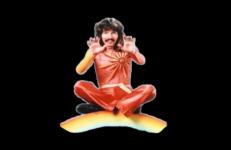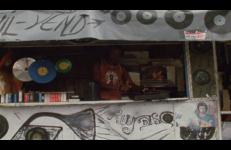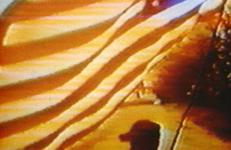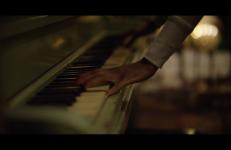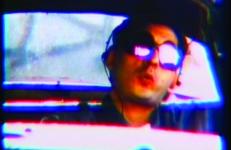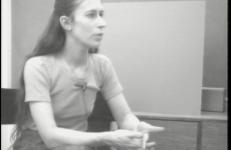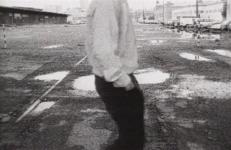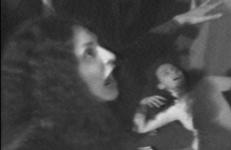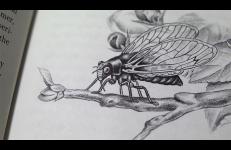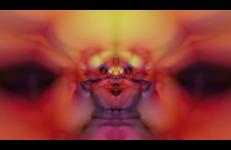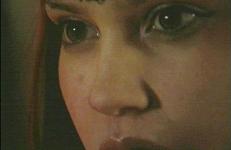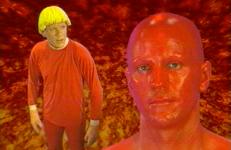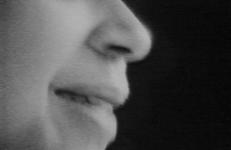An independent film portrait of singer/songwriter Elliott Smith in Portland, Oregon in 1996, wherein he plays three songs. The songs were done live acoustic--in his old studio, a living room, and a bathroom (it was quiet in there). It's also a small portrait of Portland, Oregon.
The songs are "Between the Bars", "Angeles", and a cover of "Thirteen" by Big Star.
This is Elliott as I remember him, at his simple finest as musician.






